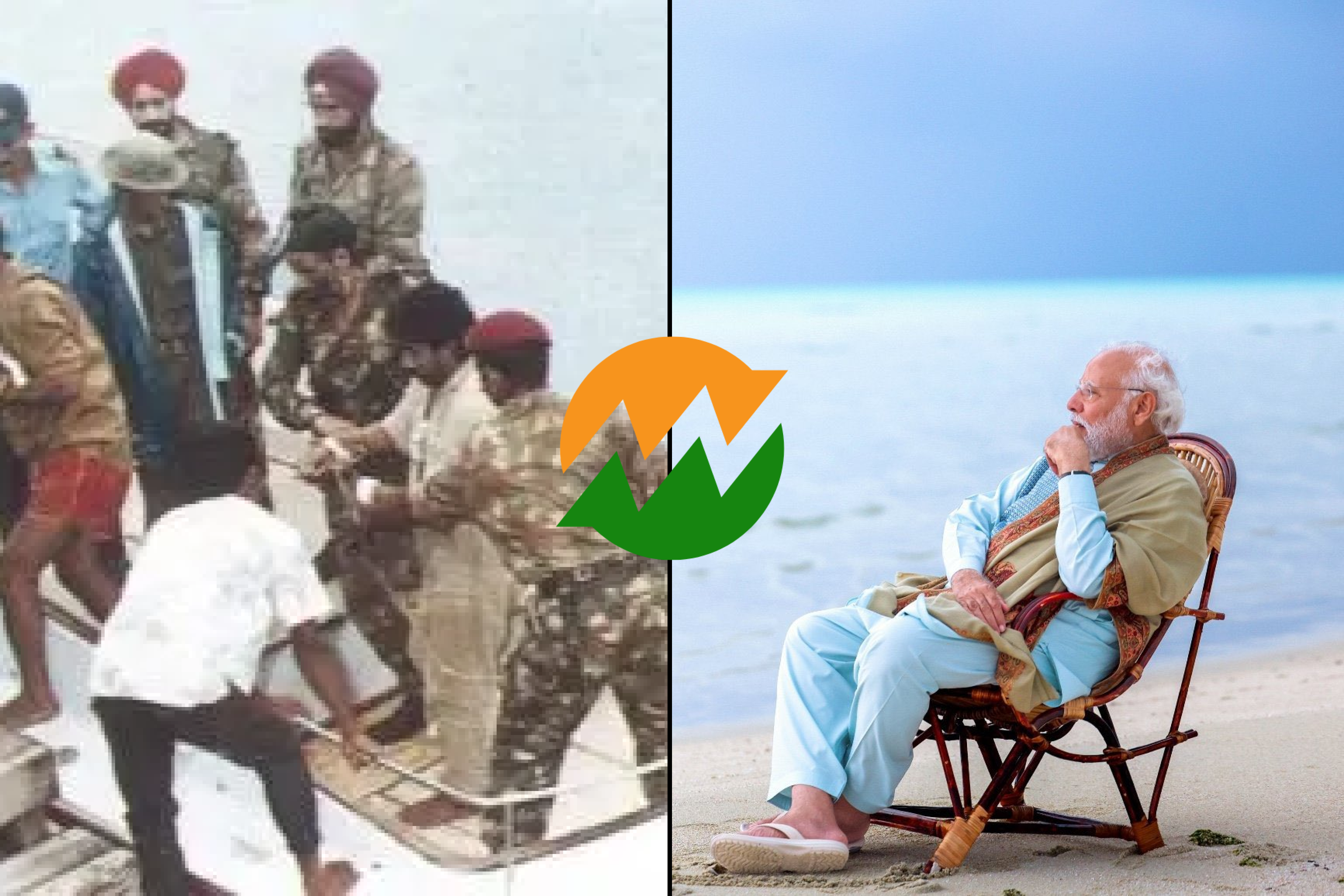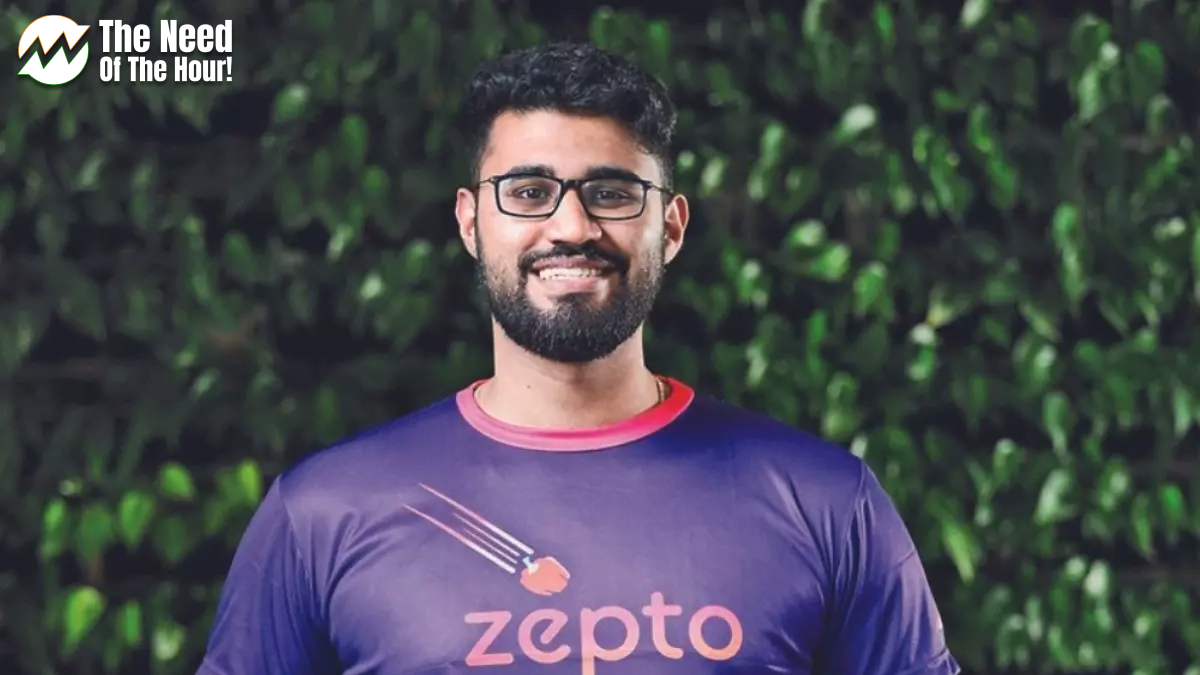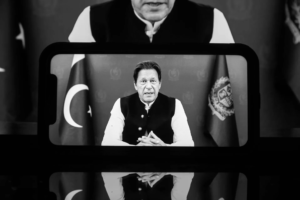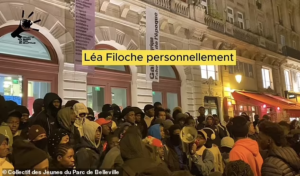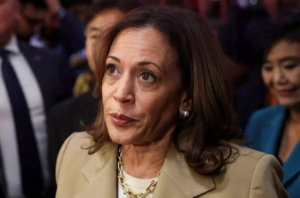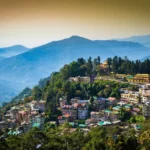Maldives: Prime Minister Narendra Modi’s Lakshadweep visit on 4th January triggered outrage among some Maldivian social media users and certain politicians. PM Modi shared some images of his trip on social media, after which several Indians commented that Lakshadweep could be a rival of Maldives in tourism, and Indians could visit the islands instead of Maldives.
Table of Contents
Maldives’ Criticism
Many people from Maldives, including politicians and ministers, have started an online, abusing India and Indians. In response, several Indian social media users have highlighted the 1988 episode where India prevented a coup attempt in the Island nation.
The article recalls the events that transpired in the first week of November 1988, when Indian troops intervened and saved the democratic setup in the neighbouring Island nation. They thwarted a coup attempt on the archipelago within hours of receiving an SOS message from the then President of Maldives Maumoon Abdul Gayoom. Notably, the coup attempt was done with the help of just around 400 armed men including militants from Sri Lanka, and the Maldives president had gone into hiding before he was rescued by Indian commandos.
Operation Cactus in Maldives
Maldivian President Maumoon Abdul Gayoom who served for 30 years, assumed office in 1978 at a time when the Island nation was gripped in economic troubles and political instability. His government suffered three coup d’état attempts in 1980, 1983, and 1988. However, the last one could have sealed the fate of Maldivian democracy if India hadn’t intervened swiftly.
On 3rd November, around four hundred gunmen of the People’s Liberation Organisation of Tamil Eelam (PLOTE), a militant Lankan Tamil organisation, along with a few Maldivian locals launched a predawn coup attempt against the Maldivian President. Additionally, some assailants had infiltrated Malé earlier in the disguise of visitors. As per the Indian Navy, the assailants who attempted the coup were around 300-500 strong in numbers.
Later it was revealed that the 1988 attempted coup was the brainchild of Maldivian businessman Abdullah Luthufee and Ahmed “Sagaru” Nasir. They were supported by Uma Maheswaran, leader of PLOTE.
After months of preparations, the PLOTE fighters and disgruntled Maldivian rebels arrived in Malé aboard a couple of Lankan freighters. They were armed with heavy machine guns, AK-47s, grenades, and mortars. They quickly launched a targeted attack on strategic buildings and with minimal losses gained control of the capital, including the major government buildings, airports, ports, television, and radio stations. They also gained control over the headquarters of the NSS, Maldives’ sole armed force.
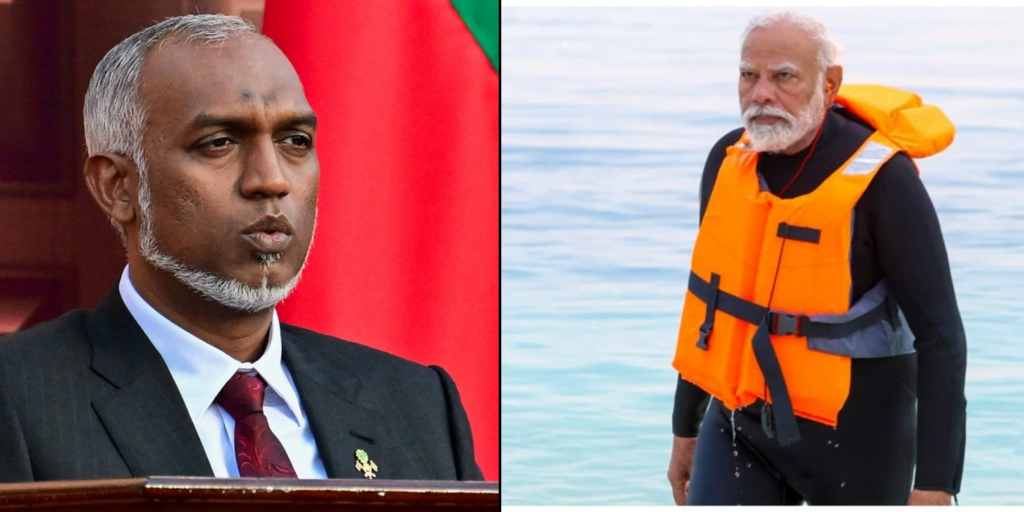
They also took the Maldivian Education Minister as hostage. However, by the time they reached the Presidential Palace where President Gayoom was residing with his family, he was escorted by the Maldivian National Security Advisor to the Defense Minister’s home and later to a safe house. By afternoon, the mercenaries had gained control over the entire Island nation.
Indian High Commissioner to the Maldives
The Indian High Commissioner to the Maldives, Arun Bannerjee was informed about the development at around 6.30 am when he was at his New Delhi home. At around 9 am, Prime Minister Rajiv Gandhi chaired a crisis committee meeting in South Block while the Indian Army headquarters had already been informed of a possible operation.
The 50th Independent Parachute Brigade camped in Agra was asked to carry out the operation under the leadership of Colonel Subhash C Joshi. At around 9.30 pm local time, the Air Force’s 44 Squadron, the vanguard of the Parachute Brigade, and the High Commissioner landed in Hulhulé, Maldives’ main airport in two Ilyushin IL-76s. At the same time, the Indian Navy also sent vessels towards Maldives. The Indian operation in the Maldives was named Operation Cactus, in which around 1,600 personnel including paratroopers participated.
The news of the arrival of Indian troops had an immediate chilling effect on the rebels who feared a resolute response from the Indian armed forces. They started fleeing to avoid their inevitable fate at the hands of Indian soldiers. The Indian soldiers immediately restored the Law and order situation upon their arrival on the Island nation and either neutralised or arrested the remaining rebels left on the Island. They secured President Gayoom by around 5 am on 4th November.
Read this also: ‘Spokesperson of terror industry’: Jaishankar roasts Bilawal Bhutto Zardari
Historical Incidents
In his book Operation Cactus (2018), an Indian Air Force veteran involved in the operation, Ashok Chordia wrote, “The rebels – ignorant of the actual strength of the Indian troops – overestimated their numbers and were overwhelmed… they decided to abandon their mission and flee.”
Fearing that the Indian forces would pursue them on the high seas, Luthufee and other armed mercenaries hijacked a merchant vessel and took seven hostages including Transport Minister Ahamed Mujuthaba. They started to move towards Sri Lanka.
On Brig Bulsara’s orders, the Indian paratroopers launched an attack on the fleeing rebel ship and caused substantive damage to slow it down.
Afterwards, the Indian Navy took charge of intercepting the ship and executing the hostage rescue operation. Frigates INS Betwa (deployed from Kochi) and INS Godavari (returning from a friendly visit to Australia) were mobilised and assigned the mission of intercepting the escaping vessel before it entered the territorial waters of Sri Lanka. They caught the vessels ferrying rebels on 5th November.
When negotiations yielded no result, the Indian ships opened fire. Realising that their escape was impossible, the mercenaries laid down their weapons and surrendered. They were taken aboard INS Godavari.
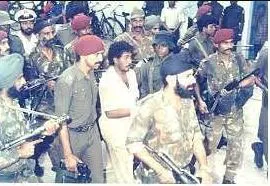
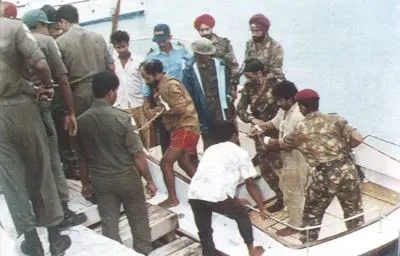
As per reports, around 19 people mostly mercenaries were killed in the attempted coups. Around a few tourists were killed by the mercenaries. Around seven Maldivians and 68 Sri Lankan gunmen were arrested, interrogated, and put to trial in Maldives.
Maldivian businessman Abdullah Luthufee who masterminded the coup attempt and three others were given death sentences. However, it was later commuted at the request of Indian PM Rajiv Gandhi.
The majority of Indian paratroopers returned immediately after restoring the democratic setup in Maldives while some remained in Malé for over a fortnight. The operation deepened ties between the two neighbouring countries which however over the last few decades have seen ups and downs in the wake drop of some political forces leading the ‘India out’ campaign, in brazen pro-China bidding.
Meanwhile, India garnered global praise for Operation Cactus. US President Ronald Reagan described it as “a valuable contribution to regional stability”. Additionally, British Prime Minister Margaret Thatcher reportedly said, “Thank God for India: President Gayoom’s government has been saved”.
What triggered the recent social media showdown against anti-India Maldivian users?
On 4th January, Prime Minister Narendra Modi shared some pictures of his recent visit to Lakshadweep exhorting Indians to explore the scenic island in what could be seen as a push to his ‘vocal for local’ slogan. He also took part in some adventurous activities on the scenic islands and tried snorkelling. Taking to X, he also shared two underwater photographs of coral reefs and other marine life.
PM Modi’s effort to give a boost to tourism on the island is also seen as a snub to the Maldives, the island nation which under the new administration of Mohamed Muizzu has been cosying up with the Chinese regime. Soon after PM Modi’s Lakshadweep visit, the Google search engine showed a massive surge in hits on keywords like Lakshadweep and snorkelling.
Lakshadweep Google Search Stats
Evidently, Google searches for snorkelling jumped by over 2000%, while the searches for Lakshadweep increased by around 350%. However, the surge for Lakshadweep in Indian social media led to a racial outrage from the Maldivian side which has triggered a social media showdown
(Note: This news report is sourced from a syndicated feed.)
Read this also:

